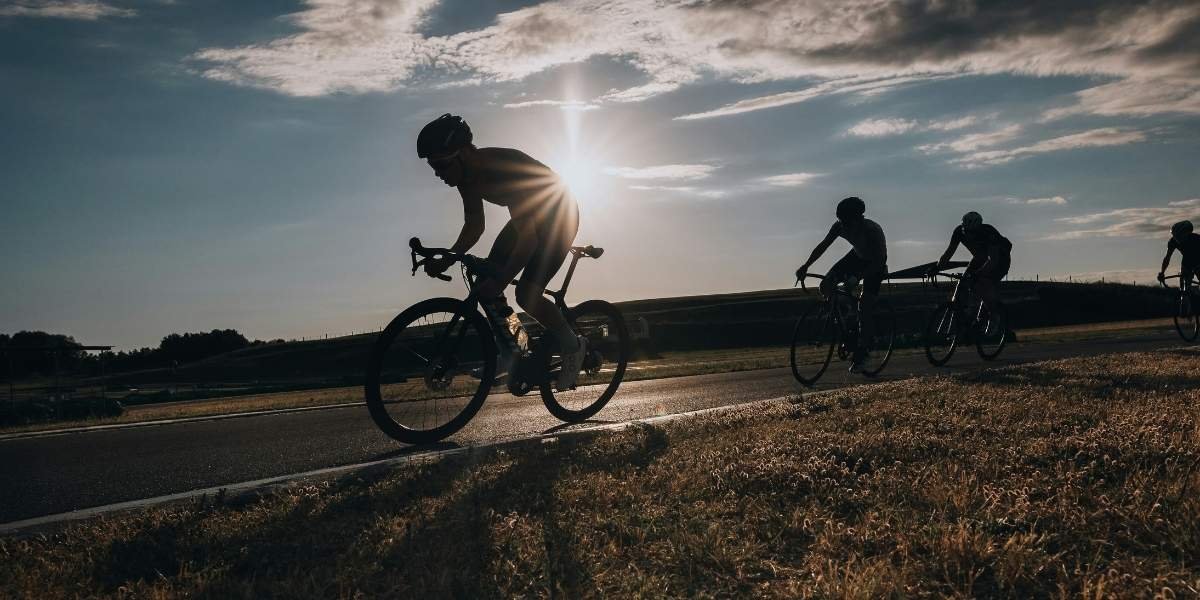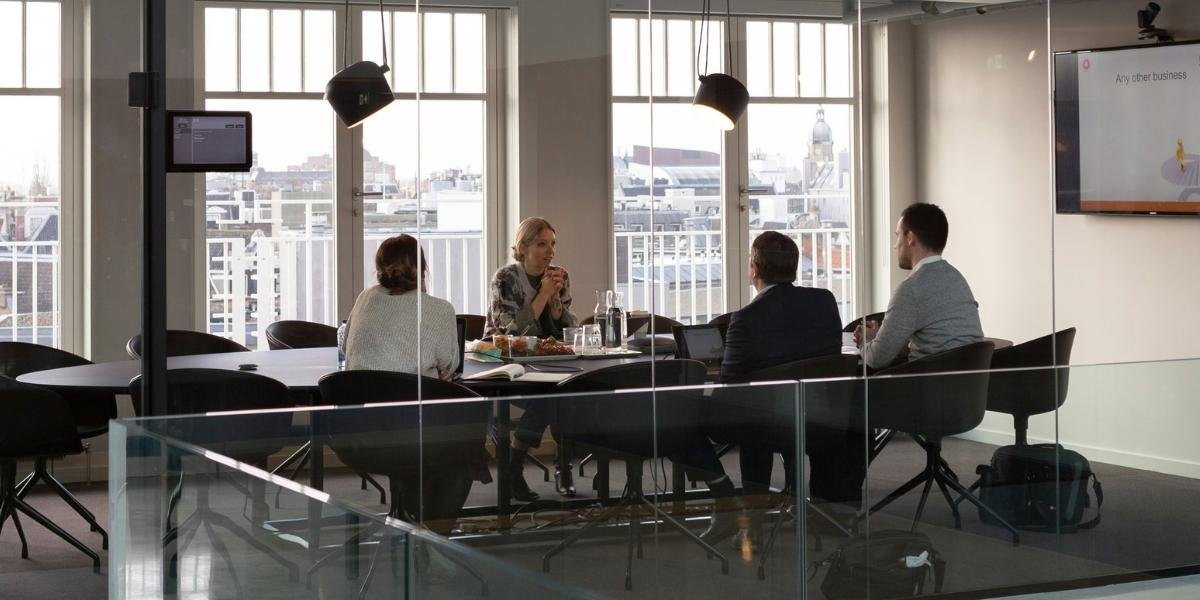The Sunset Dunes redesign is a direct response to a growing concern among park visitors: too many close calls and collisions between fast-moving cyclists and slower pedestrians. The park, located along San Francisco’s western edge, had become a popular spot for both recreation and relaxation. But as more people began using the space for different purposes, the shared paths started to feel less safe. Families with small children, older adults, and those with mobility challenges often found themselves navigating around speeding e-scooters or bikes, which created tension and risk.
The redesign introduces a clearer separation between fast and slow traffic. The west side of the park now caters to slower-paced activities like walking, stretching, and kids on scooters. The east side is designed for faster movement, including runners, cyclists, and e-scooter users. This division isn’t just theoretical. New pavement markings and signage help guide people to the right zones, reducing confusion and encouraging safer behavior.
For those who’ve ever felt nervous about letting a child ride a scooter near a speeding bike, this change may feel overdue. The city’s decision to restructure the park layout came after several incidents, including one where a child was injured by an e-bike. While no redesign can eliminate every risk, this one aims to make the park feel more predictable and less chaotic.
What Accessibility Features Were Added to Sunset Dunes?
Accessibility was another major focus of the Sunset Dunes redesign. The original layout had limited accommodations for people with disabilities, and some paths were difficult to navigate with mobility aids. The updated design includes smoother surfaces, wider walkways, and better access points for wheelchairs and strollers. Tactile paving has been added in key areas to assist those with visual impairments, and benches are now spaced more thoughtfully to offer rest stops without obstructing movement.
The redesign also considers how different groups use the park. Families with young children often need slower, safer zones, while older adults may prefer shaded seating and gentle walking paths. By creating distinct areas for different types of use, the park becomes more inclusive without sacrificing its appeal to more active visitors.
It’s easy to overlook how small design choices can affect accessibility. A curb that’s too high, a path that’s too narrow, or a sign that’s hard to read can make a space feel unwelcoming. The Sunset Dunes redesign tries to address these barriers in practical ways, making the park more usable for a wider range of people.
Why Was the Sunset Dunes Redesign Necessary?
The decision to redesign Sunset Dunes wasn’t made lightly. The park had become a microcosm of urban recreation challenges, where different types of users competed for space. Cyclists wanted long, uninterrupted stretches to ride. Walkers wanted peace and quiet. Families wanted safety. And city planners were hearing about the conflicts.

Photo Credit: Unsplash.com
Several collisions had been reported, some resulting in injuries. The most serious involved a child struck by an e-bike, which prompted renewed scrutiny of how the park was being used. Community feedback played a role in shaping the redesign. Residents voiced concerns about speed, signage, and the lack of clear zones. Many felt the park was trying to be everything at once, and in doing so, wasn’t serving anyone particularly well.
The redesign is an attempt to fix that. By creating zones based on speed and activity type, the park becomes easier to navigate and safer to use. It’s not just about drawing lines on pavement. It’s about understanding how people move through space and giving them cues to do so more thoughtfully.
How Is the City Monitoring the Impact of These Changes?
The Sunset Dunes redesign isn’t a one-and-done project. City officials are continuing to monitor how the changes affect park usage and safety. Technical studies are underway to track traffic patterns, collision rates, and accessibility outcomes. Public engagement sessions are also being held to gather feedback from residents and park visitors.
These sessions allow people to share what’s working and what still feels off. Some may find the signage confusing. Others might feel the zones aren’t clearly enforced. The city is using this input to guide future adjustments, which could include more visible markings, additional seating, or even speed controls for certain areas.
It’s not uncommon for public spaces to evolve after a redesign. What looks good on paper doesn’t always work perfectly in practice. That’s why ongoing monitoring is essential. It ensures that the park continues to meet the needs of its users and doesn’t revert to the same problems that prompted the redesign in the first place.
What Role Does Environmental Protection Play in the Sunset Dunes Redesign?
While safety and accessibility were the main drivers of the Sunset Dunes redesign, environmental protection wasn’t ignored. The park sits near sensitive dune ecosystems that support local wildlife and help prevent coastal erosion. The redesign includes measures to protect these areas from foot traffic and overuse.
New fencing and signage help guide visitors away from fragile dune zones, and certain paths have been rerouted to reduce impact. Native plants have been added to stabilize the soil and improve biodiversity. These changes aren’t just cosmetic. They help preserve the natural character of the park while allowing people to enjoy it responsibly.
Balancing recreation with conservation can be tricky. People want access to nature, but too much access can damage the very thing they came to enjoy. The Sunset Dunes redesign tries to strike that balance by making the park safer and more accessible without compromising its ecological value.
The Sunset Dunes redesign enhances safety and accessibility in ways that feel both practical and thoughtful. It separates fast and slow traffic, improves access for people with disabilities, and protects the surrounding environment. For anyone who’s ever felt uneasy sharing a path with a speeding bike or struggled to navigate uneven terrain, these changes may offer a welcome sense of relief. The city’s approach reflects a growing understanding that public spaces work best when they’re designed for everyone, not just the fastest or loudest users.












